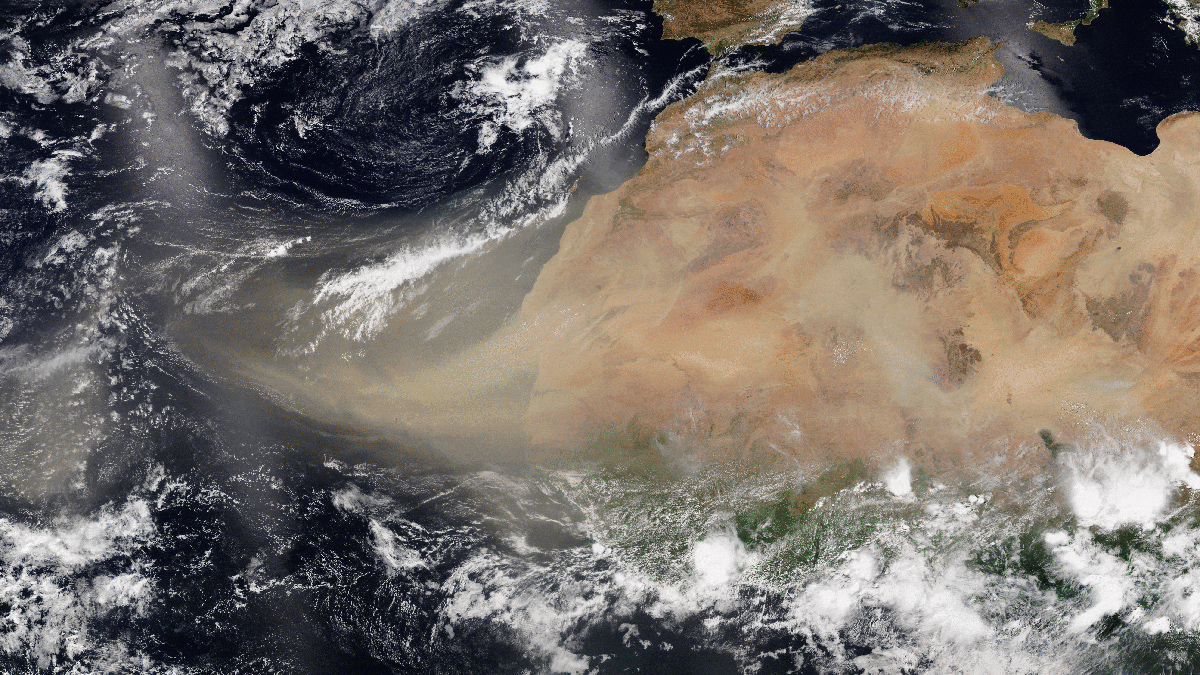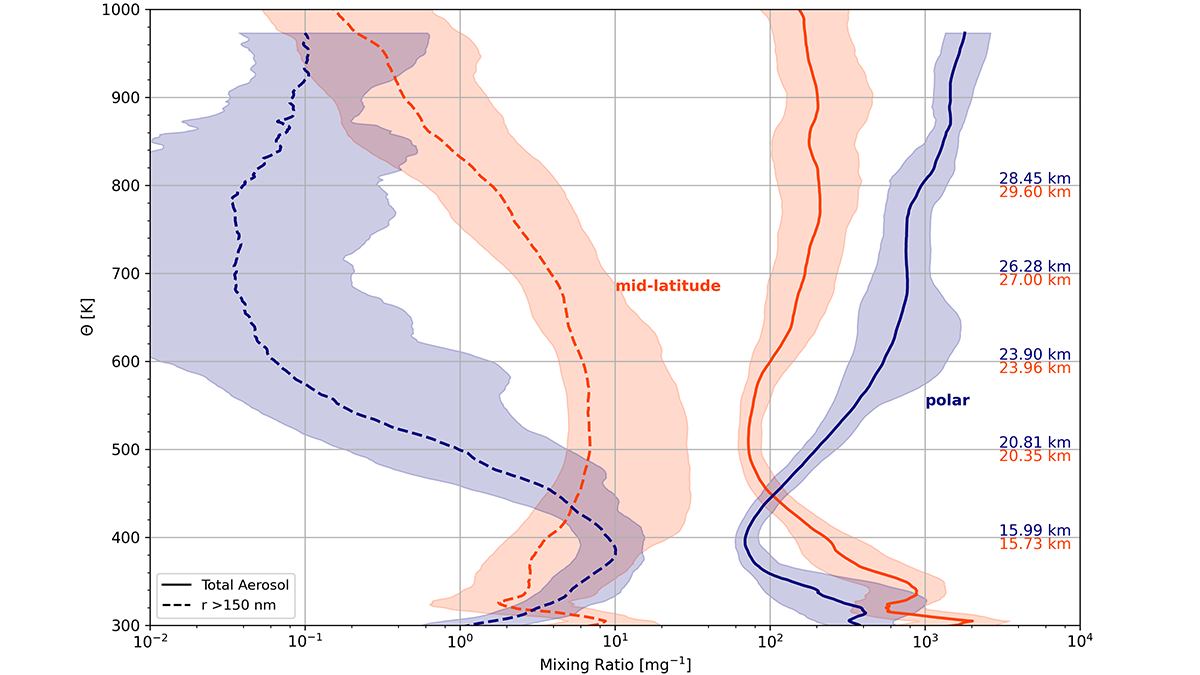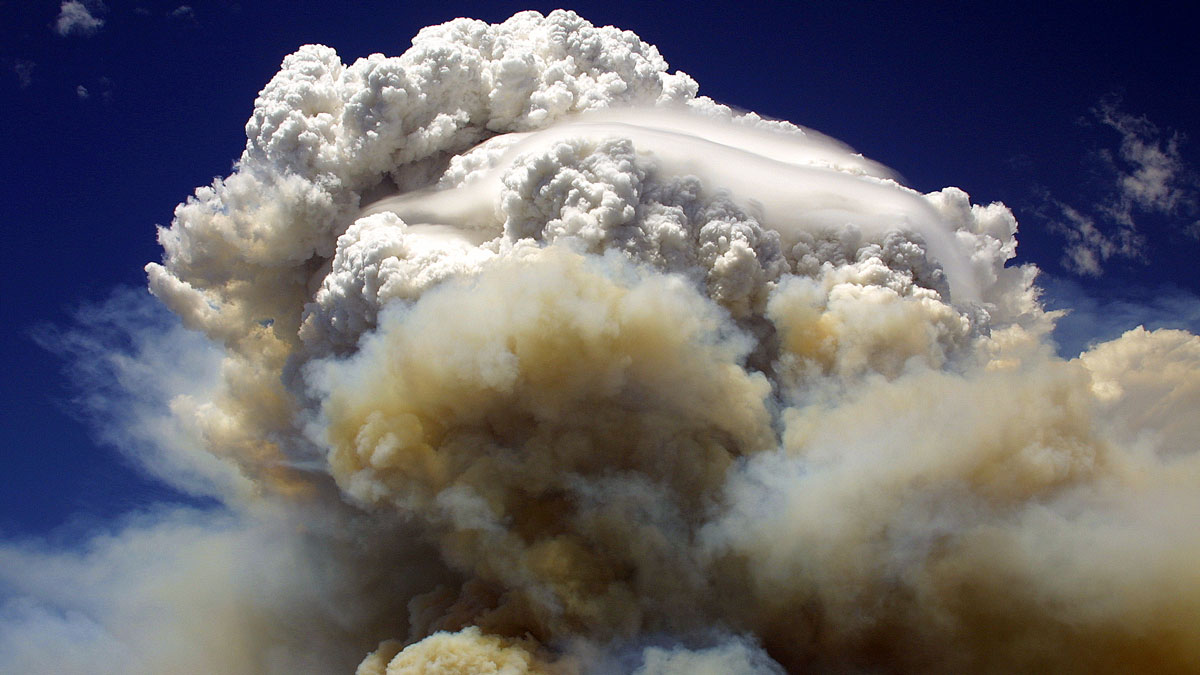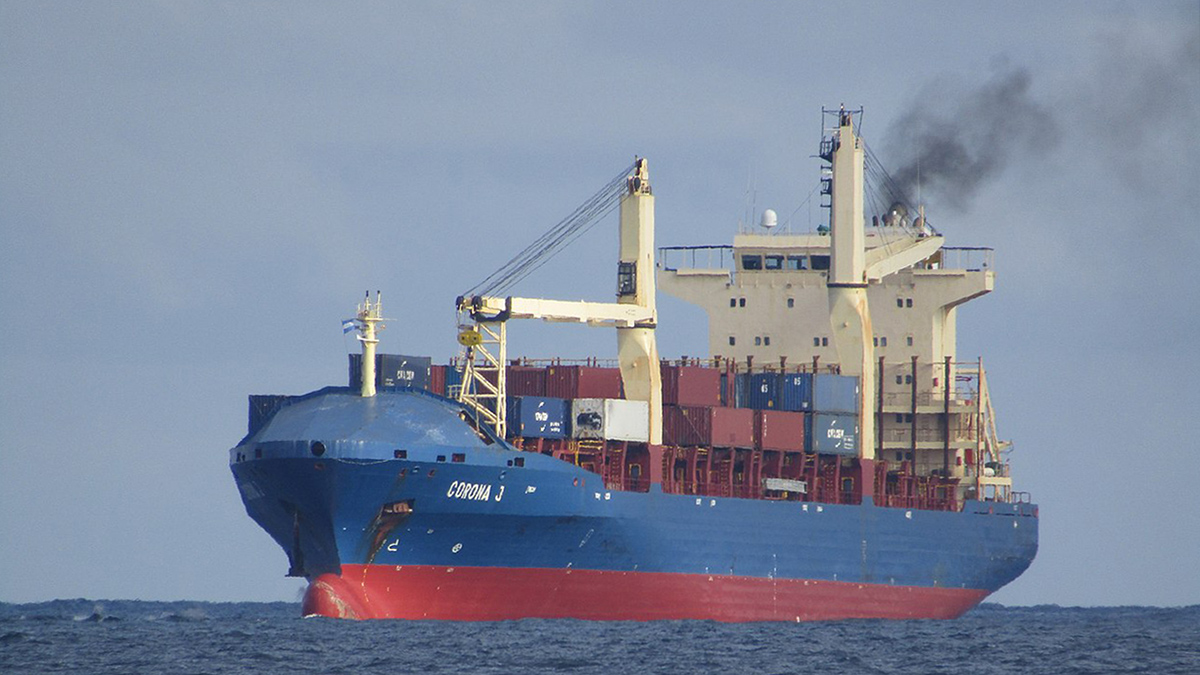A new study of seafloor sediments suggests reactions in the atmosphere convert dust-borne iron into forms more readily taken up by phytoplankton.
everything atmospheric
Five Decades of Stratospheric Aerosols from Balloon Measurements
Long-term global measurements of stratospheric aerosols reveal climatological structures and processes controlling new particle formation.
Simulating Arctic Carbon Emissions in a Warming World
Not all climate models include carbon from thawing permafrost, and those that do often disagree. Scientists are working to better inform models and assess how these crucial materials are simulated.
Heat Moves More Freely Through Warmer Sea Ice Than Scientists Thought
Flowing brines transport heat more effectively than old models showed, potentially changing climate simulations.
Black Carbon from Wildfire Smoke Can Double Warming Effects
The findings could help climate models be more accurate about warming projections.
The Origin of the Moon’s Thin Atmosphere Might Be Tiny Impacts
Minuscule meteoroids slamming into the lunar surface could be kicking up most of the atoms that make up the lunar exosphere.
Lower Shipping Emissions May Lead to Higher Global Temperatures
Regulations designed to reduce sulfur dioxide emissions from the maritime shipping industry are linked to a change in cloud structure that raises atmospheric temperatures.
An All-Community Push to “Close the Loops” on Southern Ocean Dynamics
A new study highlights the connected nature of the Southern Ocean dynamic system, the research priorities needed to understand its influence on climate change, the importance of cross-disciplinary collaborations.
Lots of Dust Gets Sucked Up by Jet Engines
Changing flight times and holding altitudes could substantially reduce the amount of wear-inducing dust ingested by jet engines.
Air-Ice-Ocean Coupling Observed in an Arctic Cyclone Event
New observations show detailed features of the ice-ocean response to a strong Arctic cyclone in the winter of 2019-2020.










